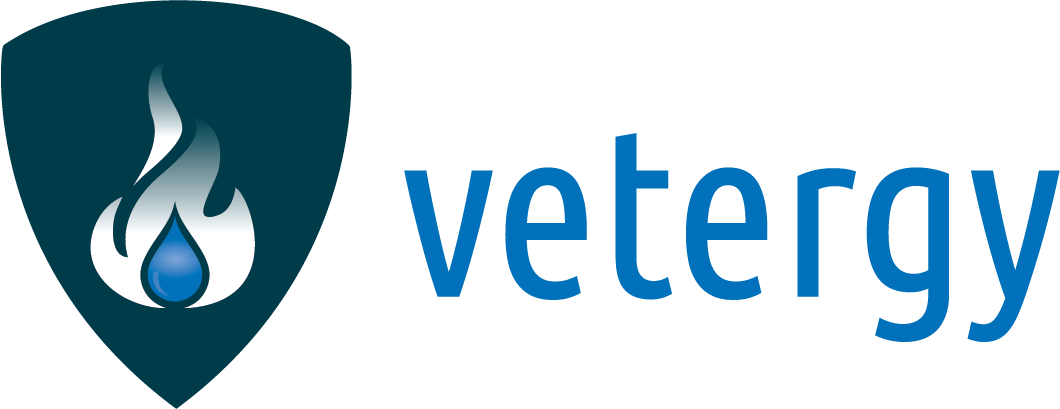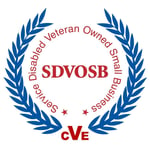At the June Texas-Louisiana Environmental, Health, and Safety Seminar, Vetergy CEO David Wilbur delivered remarks in the Vetergy Group-sponsored plant manager session. He spoke about human factors and mistake-proofing to leaders.
Attendees were introduced to human error as a tool for improving organizational safety and environmental protection. Other speakers at this three-day chemical industry conference highlighted a variety of topics having to do with resilience, employee engagement, human error, the ‘awareness/complacency continuum’, COVID-19, and process safety. A sampling of information afforded to attendees at this signature event is relevant to Vetergy clients and businesses who must operate with world-class reliability.
The Ability to Cope with Adversity is the Essence of Resilience
There is no question that this has been a stressful year. Some organizations, like people, are more resilient than others in the face of stress. Resilient organizations are characterized by how well they anticipate, prepare for, respond, and adapt to both incremental change and sudden disruptions. Last year’s pandemic posed many challenges to organizations including a workforce dealing with stress, worry, fatigue, anger, rushing to get things done, complacency, frustration and even overconfidence. Human factors, an individual’s emotional and physical resilience and their impact on performance are difficult to manage but recognition and understanding by leaders at all levels are essential for organizations to excel in operational resilience.
Recognizing the Awareness and Complacency Continuum
A person’s risk awareness decreases as the individual begins to master the task, reaching the first stage of complacency where the person is no longer preoccupied with the risk. The second stage of complacency happens later when the person no longer thinks about the risk unless some external stimulus occurs (e.g., at a plant these would include observations, annual/refresher training, and pre-job checklists). Initially, an individual’s assessment of actual risk vs. perceived risk is identical but over time, and as people become more skilled and more senior, they often become more complacent with their perspective of risk diminishing even further relative to the actual risk. Rigorous near miss and accident investigation programs with a competent human factors analysis component are critical for any organization seeking to continuously drive performance improvement and understand not simply “how” an incident occurred, but “why” as well.
Understanding Employee Engagement
The emotional commitment an employee has to their place of work, job role, position within a company, concern for co-workers, safety culture, and a company’s goals exemplifies their engagement. With studies showing only three of every ten American workers being actively engaged on the job, risks to safety, productivity, quality, profitability, reliability, asset integrity, business continuity, reputation and more threaten any company’s success. Those businesses who have supported employees with discretionary effort this last year and has helped navigate Covid to this point will likely find a workforce more resilient than before with employees “bouncing back” and more engaged.
As seen through these highlights and points, the Texas-Louisiana’s EHS conference this year discussed very timely and relevant topics that many of our current clients are facing post-COVID. Vetergy is poised to continue assisting clients looking to incorporate human factors analysis into their organizations. To receive more information about Vetergy’s other capabilities click here or email us at info@vetergy.com.
Click HERE to learn more about how to start your journey to resilience.



 1200 Corporate Drive, Ste 170
1200 Corporate Drive, Ste 170




